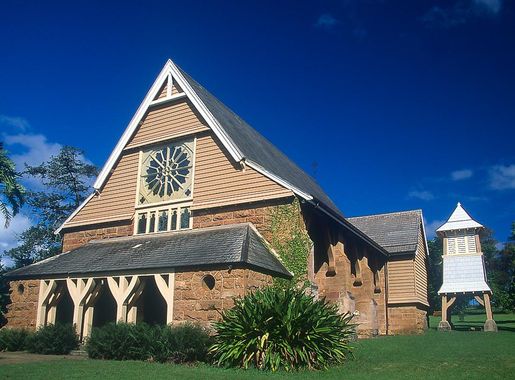
St. Barnabas Chapel: The Soul of Norfolk Island
Discover the serene beauty and historical richness of St. Barnabas Chapel on Norfolk Island, a Gothic Revival masterpiece nestled in lush greenery and tranquility.
St. Barnabas Chapel is a historic and spiritual gem located on Norfolk Island. This beautiful chapel was built in the late 19th century as a tribute to Bishop John Coleridge Patteson, who was martyred in the Solomon Islands. The chapel is a fine example of Gothic Revival architecture, featuring stunning stained glass windows and a magnificent wooden interior that evokes a sense of peace and reverence. Surrounded by lush greenery, St. Barnabas Chapel is not just a place of worship but also a serene escape into nature. The chapel grounds are perfect for a quiet stroll, allowing visitors to soak in the tranquil atmosphere. The location offers breathtaking views of the island's rolling hills and the distant ocean, making it a perfect spot for reflection and photography. Visitors to St. Barnabas Chapel will also find a rich historical context. The chapel is part of the Melanesian Mission, an Anglican missionary organization that played a significant role in the history of Norfolk Island and the broader Pacific region. A visit to this chapel provides a unique insight into the island's cultural and religious heritage, making it a must-see for any traveler.
Local tips in St. Barnabas Chapel
- Visit during the early morning or late afternoon for the best lighting conditions for photography.
- Take a guided tour to learn about the historical significance of the chapel and its connection to the Melanesian Mission.
- Wear comfortable walking shoes as the chapel grounds are best explored on foot.
- Bring a picnic to enjoy in the surrounding gardens for a peaceful break.
- Check the local schedule for any special events or services that might be taking place during your visit.
St. Barnabas Chapel: The Soul of Norfolk Island
St. Barnabas Chapel is a historic and spiritual gem located on Norfolk Island. This beautiful chapel was built in the late 19th century as a tribute to Bishop John Coleridge Patteson, who was martyred in the Solomon Islands. The chapel is a fine example of Gothic Revival architecture, featuring stunning stained glass windows and a magnificent wooden interior that evokes a sense of peace and reverence. Surrounded by lush greenery, St. Barnabas Chapel is not just a place of worship but also a serene escape into nature. The chapel grounds are perfect for a quiet stroll, allowing visitors to soak in the tranquil atmosphere. The location offers breathtaking views of the island's rolling hills and the distant ocean, making it a perfect spot for reflection and photography. Visitors to St. Barnabas Chapel will also find a rich historical context. The chapel is part of the Melanesian Mission, an Anglican missionary organization that played a significant role in the history of Norfolk Island and the broader Pacific region. A visit to this chapel provides a unique insight into the island's cultural and religious heritage, making it a must-see for any traveler.
When is the best time to go to St. Barnabas Chapel?
Iconic landmarks you can’t miss
Norfolk Island
Discover the breathtaking beauty and rich history of Norfolk Island, a hidden gem in the South Pacific, perfect for adventure and relaxation.
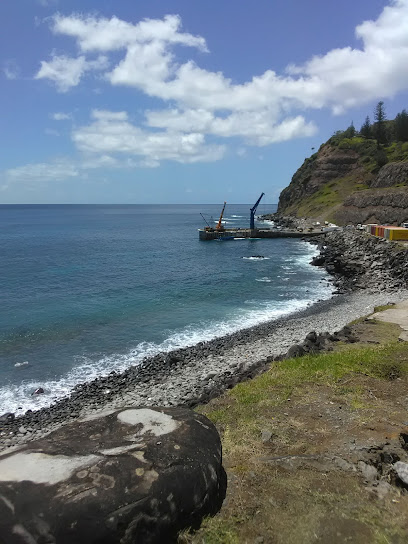
Captain Cook Lookout
Discover breathtaking views and rich maritime history at Captain Cook Lookout on Norfolk Island, a must-see vista point for every traveler.
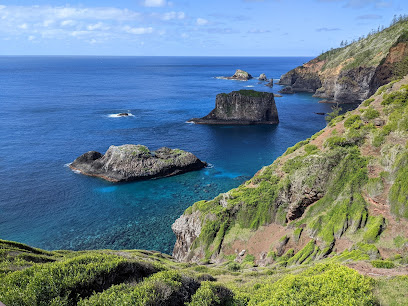
Cumberland Resort and Spa
Experience luxury and relaxation at Cumberland Resort and Spa, nestled in the breathtaking landscapes of Norfolk Island.

The Golden Orb Cafe
Discover the culinary delights of The Golden Orb Cafe in Burnt Pine, Norfolk Island, where fresh local ingredients meet a cozy atmosphere.

Norfolk Island National Park
Discover the unparalleled natural beauty and rich heritage of Norfolk Island National Park, a must-visit destination for outdoor enthusiasts and nature lovers.
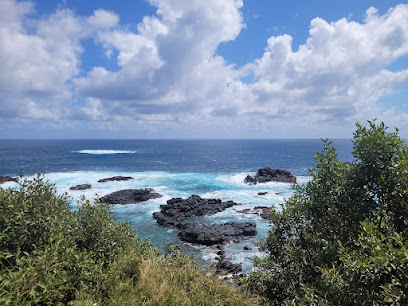
Castaway Norfolk Island & Norfolk Island Brewing
Experience the serene beauty and local flavors at Castaway Norfolk Island, a perfect blend of relaxation and craft brewing on this stunning island retreat.

Norfolk Island International Airport
Discover the beauty and rich heritage of Norfolk Island from the moment you step into Norfolk Island International Airport, your gateway to paradise.
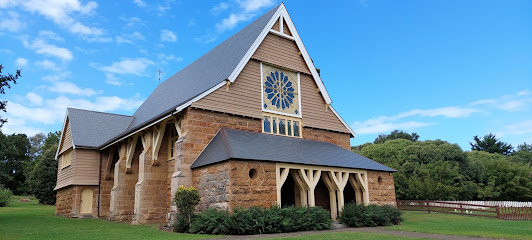
St Barnabas Chapel
Experience the historical charm and serene beauty of St Barnabas Chapel, a must-visit spiritual landmark in Norfolk Island.
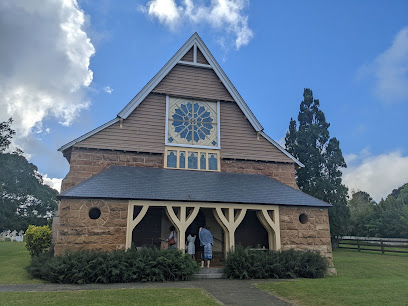
Bounty Museum
Explore Norfolk Island's rich maritime history at the Bounty Museum, where artifacts and stories of the H.M.S. Bounty come to life.
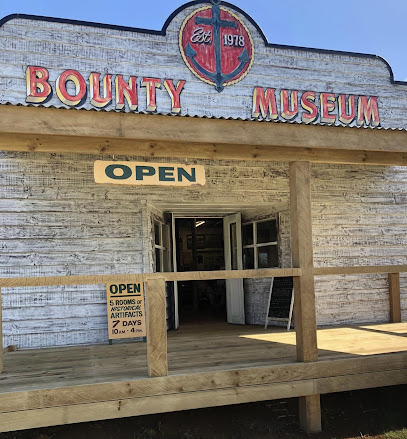
Visitor Information Centre
Discover Norfolk Island's hidden treasures at the Visitor Information Centre, your ultimate travel companion for an unforgettable experience.
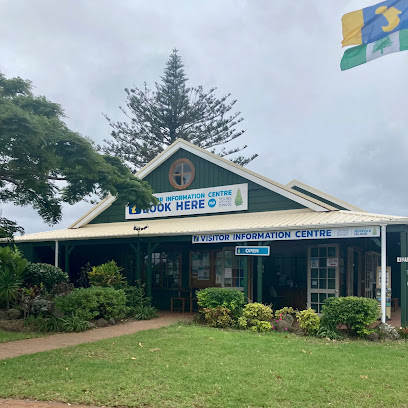
Queen Elizabeth Lookout
Experience breathtaking panoramic views and rich historical significance at the iconic Queen Elizabeth Lookout on Norfolk Island.
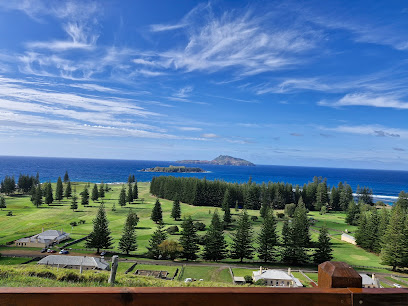
Norfolk Island Leagues Club
Experience local culture, delicious cuisine, and vibrant community events at the Norfolk Island Leagues Club – a true gem on Norfolk Island.
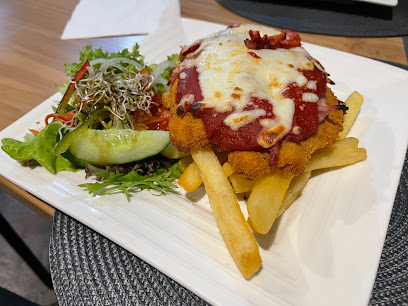
No 10 Quality Row House Museum
Explore the rich history of Norfolk Island at No 10 Quality Row House Museum, showcasing captivating artifacts and unique cultural stories.
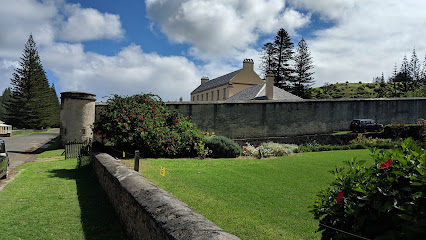
Pinetree Tours
Discover the beauty and history of Norfolk Island with Pinetree Tours, the premier tour operator for unforgettable experiences.
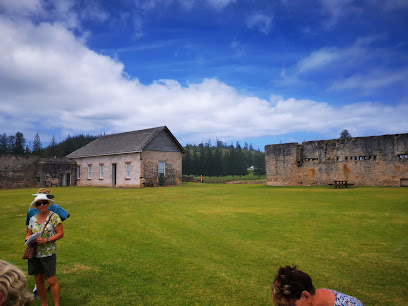
Fletcher’s Mutiny Cyclorama
Discover the captivating history of Norfolk Island at Fletcher's Mutiny Cyclorama, where art and storytelling bring the past to life.

Unmissable attractions to see
Queen Elizabeth Lookout
Experience breathtaking views and rich history at Queen Elizabeth Lookout, the ultimate vista point on Norfolk Island.
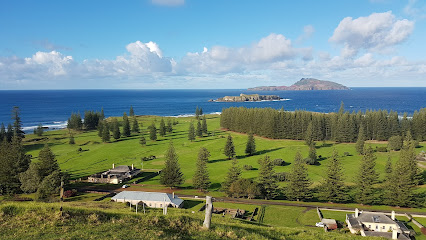
Norfolk Island Liquor Bond Store
Explore the Norfolk Island Liquor Bond Store for a unique selection of local and international spirits and a taste of island culture.
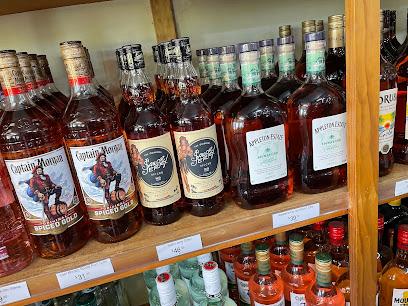
Lone Pine
Explore Lone Pine, a historical landmark on Norfolk Island, where captivating history meets stunning natural beauty for an unforgettable experience.
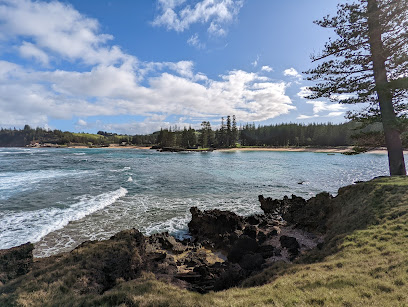
Bloody Bridge
Explore the historical intrigue and stunning beauty of Bloody Bridge, a must-see landmark on Norfolk Island's captivating landscape.

HMS Sirius Museum
Explore maritime history at the HMS Sirius Museum, featuring artifacts and stories from Australia's first fleet's flagship. A must-visit on Norfolk Island!
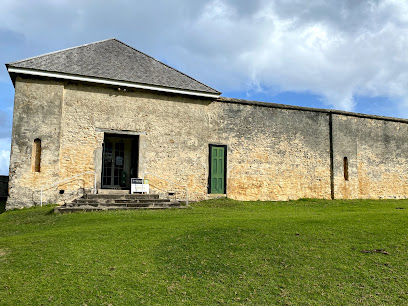
Norfolk Island Liquors
Experience the unique flavors of Norfolk Island at Norfolk Island Liquors, your destination for locally crafted wines, rums, and liqueurs.

The Research Centre
Discover Norfolk Island's past at The Research Centre, a heritage museum rich with stories and artifacts that bring history to life.
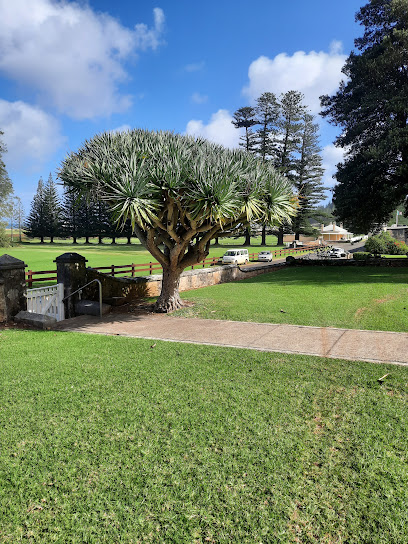
Bird breeding grounds lookout
Explore the tranquil Bird Breeding Grounds Lookout on Norfolk Island, a haven for birdwatching amidst breathtaking natural scenery.
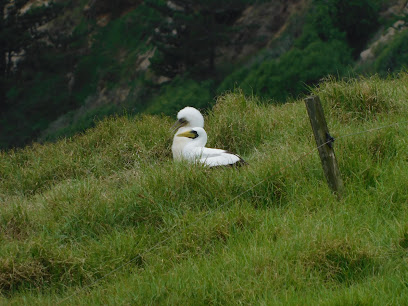
Ethan Mountain
Explore the stunning trails and breathtaking views of Ethan Mountain, Norfolk Island's premier hiking destination for nature lovers and adventure seekers.

Bumbora Beach
Experience the serene beauty of Bumbora Beach on Norfolk Island, a perfect escape for nature lovers and beach enthusiasts alike.
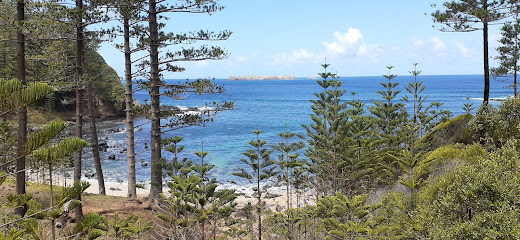
Crystal Pool
Explore the enchanting Crystal Pool on Norfolk Island, a serene hiking area with stunning views and crystal-clear waters, perfect for nature lovers.
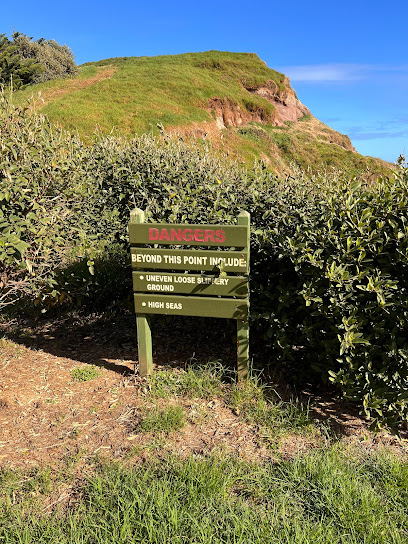
Queen Victoria's Garden (Queen Victoria Memorial Gardens)
Explore the serene beauty of Queen Victoria's Garden on Norfolk Island, where nature meets tranquility in a stunning park setting.
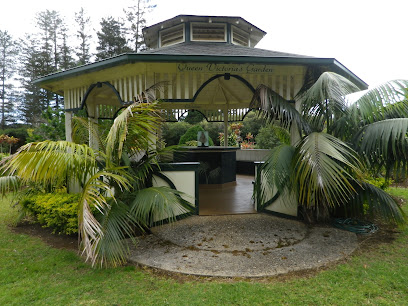
Juvenile Point
Explore Juvenile Point on Norfolk Island: A serene coastal haven with stunning views, unique wildlife, and rich history.

Rocky Point
Experience the serene beauty of Rocky Point, a stunning natural reserve on Norfolk Island with breathtaking views and diverse wildlife.
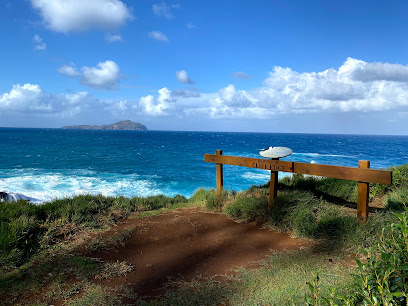
Kings tone
Discover the serene beauty of Kings Tone Park on Norfolk Island, a perfect destination for nature lovers and relaxation seekers.

Essential places to dine
The Olive
Discover the flavors of Norfolk Island at The Olive, where fresh local ingredients meet exquisite culinary craftsmanship in a charming setting.
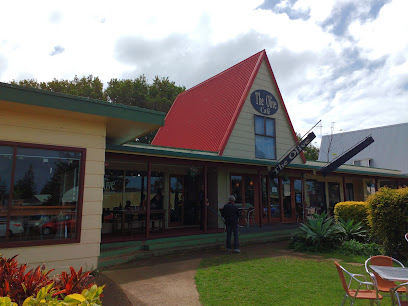
Hilli Restaurant & Cafe
Discover Hilli Restaurant & Cafe on Norfolk Island: Where local flavors meet breathtaking views in an unforgettable dining experience.

The Bowlo Bistro
Experience the best of Norfolk Island cuisine at The Bowlo Bistro, where fresh ingredients meet local flavors in a cozy setting.
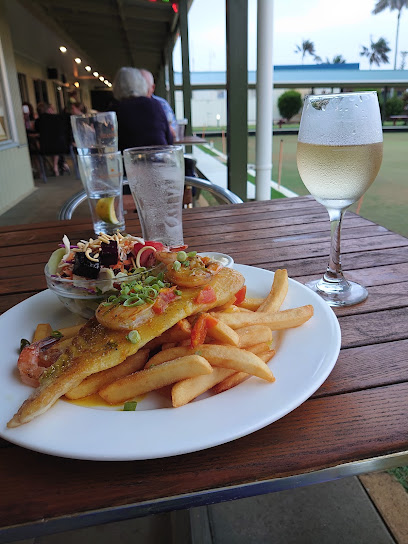
Bounty Bar & Grill
Discover authentic Western cuisine at Bounty Bar & Grill in Burnt Pine, where local flavors meet a warm island ambiance.
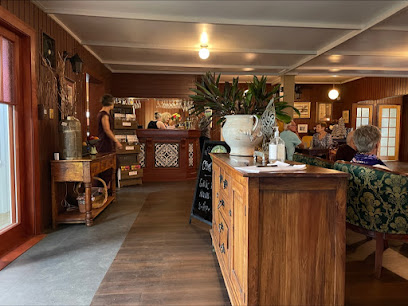
Channers On Norfolk - Norfolk Island Holiday Packages, Tours, Accommodation | Travel to Norfolk Island
Experience comfort and convenience at Channers On Norfolk, your ideal self-catering accommodation on stunning Norfolk Island.
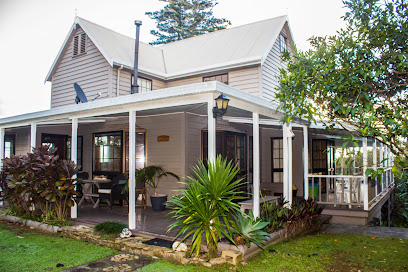
Castaway Norfolk Island & Norfolk Island Brewing
Discover tranquility and craft brews at Castaway Norfolk Island – your ultimate getaway for relaxation and adventure.

The Golden Orb Cafe
Discover delightful flavors at The Golden Orb Cafe on Norfolk Island – where fresh ingredients meet cozy ambiance.
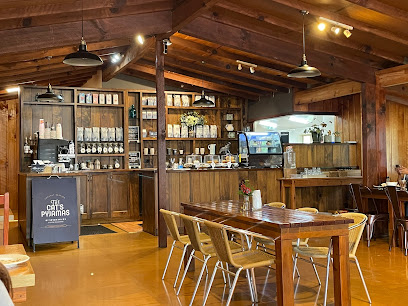
St Barnabas Chapel
Discover peace at St Barnabas Chapel: A historic gem on Norfolk Island blending spirituality with stunning natural beauty.

The Homestead Restaurant
Experience the best of Western cuisine amidst the scenic beauty of Norfolk Island at The Homestead Restaurant.
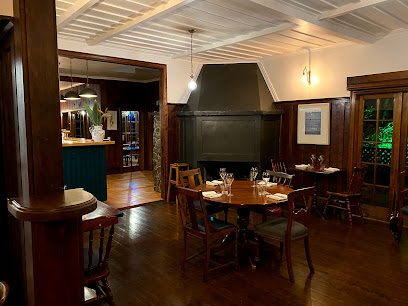
High Tide Kitchen
Experience the flavors of Norfolk Island at High Tide Kitchen - a must-visit café serving fresh local dishes in Burnt Pine.
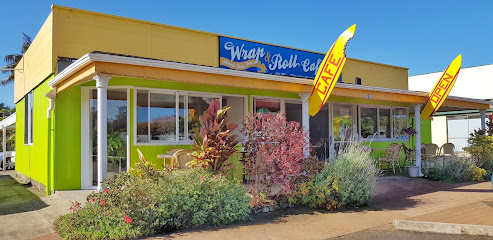
Norfolk Island Leagues Club
Experience community spirit at Norfolk Island Leagues Club – where locals gather for great food and friendly vibes.
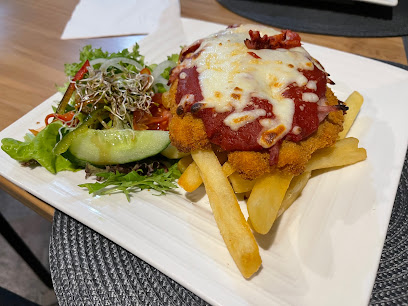
Norfolk Island Brewing
Experience the finest craft beers amidst breathtaking landscapes at Norfolk Island Brewing - a true gem for beer lovers on your travels.
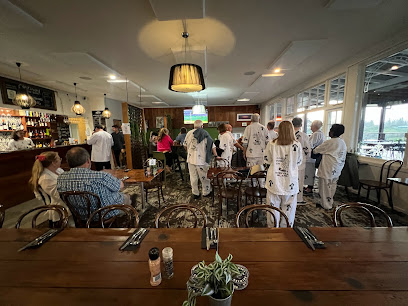
Cafe Tempo
Experience the flavors of Norfolk Island at Cafe Tempo—your perfect stop for coffee, pastries, and light meals in Burnt Pine.
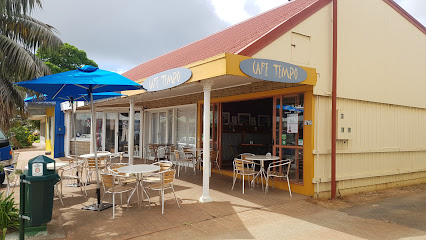
Salty Beer Garden
Experience family-friendly dining at Salty Beer Garden on Norfolk Island - where delicious food meets stunning outdoor views.
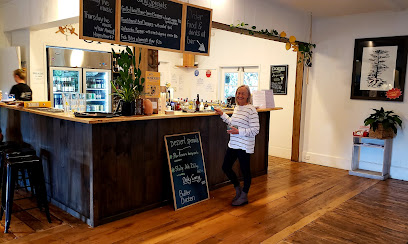
Black Anchor Bar
Experience the vibrant nightlife at Black Anchor Bar on Norfolk Island - where friendly service meets delicious drinks in an inviting atmosphere.
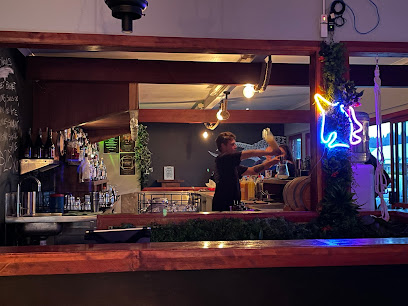
Markets, malls and hidden boutiques
Foodland Supermarket
Explore the flavors of Norfolk Island at Foodland Supermarket, your go-to destination for local produce and culinary treasures.
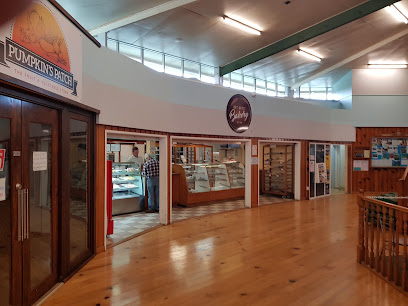
Norfolk Island Liquor Bond Store
Discover the essence of Norfolk Island's spirits at the Liquor Bond Store, a must-visit for every traveler seeking local flavors.
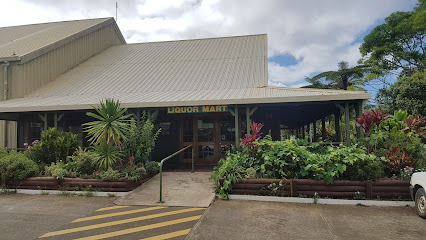
Pete's Place
Explore the vibrant offerings of Pete's Place, a charming general store on Norfolk Island that showcases local culture and products.
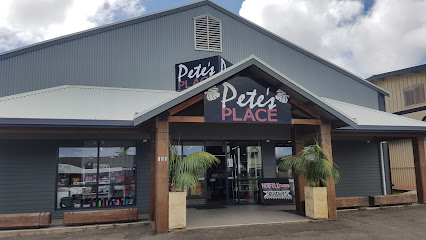
P & R Groceries
Discover local essentials at P & R Groceries – the friendly grocery store in Burnt Pine, Norfolk Island, for all your travel needs.
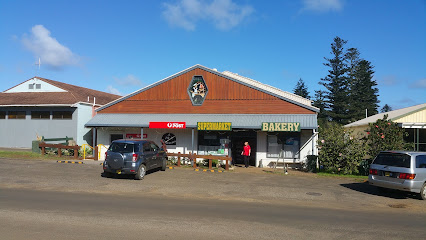
Burnt Pine Town Centre
Discover unique crafts and souvenirs at Burnt Pine Town Centre, the vibrant shopping hub of Norfolk Island, where local culture meets natural beauty.
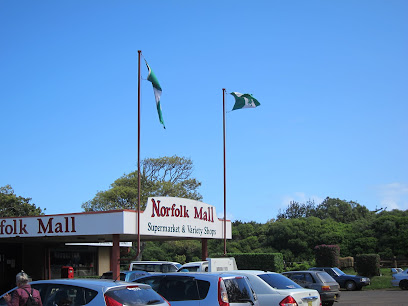
Prinke Eco Store
Discover the best of Norfolk Island at Prinke Eco Store, where premium coffee meets organic produce in a charming, eco-friendly atmosphere.
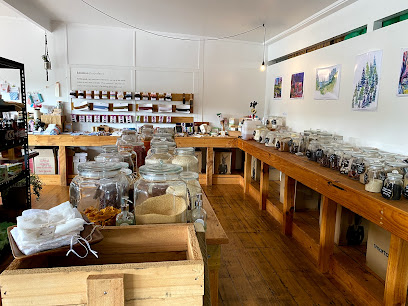
Norfolk Mall
Explore Norfolk Mall: Your Gateway to Local Shopping and Island Culture in Burnt Pine, Norfolk Island.

Seriously Chocolate
Discover the sweetest coffee shop on Norfolk Island, Seriously Chocolate, where every bite takes you on a divine taste journey.
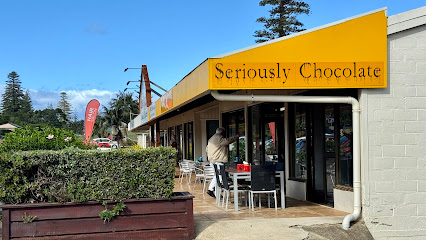
Bounty Centre
Explore Bounty Centre for authentic Norfolk Island souvenirs and local crafts that capture the island's rich heritage.

Sweeties Chocolate Factory
Discover the magic of chocolate at Sweeties Chocolate Factory in Norfolk Island, where artisanal treats and delightful flavors await every visitor.
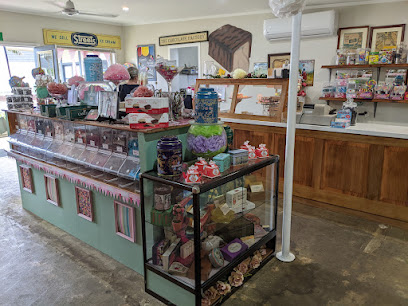
Franks shoes
Discover stylish footwear at Franks Shoes in Burnt Pine, Norfolk Island, where comfort meets island chic for every adventure.

Rabbit's Bikes and Brew
Explore Norfolk Island with Rabbit's Bikes and Brew: A Delightful Coffee Shop for Cyclists and Coffee Lovers Alike.
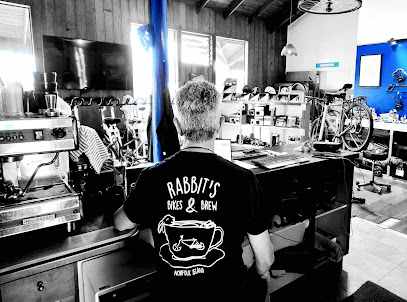
Wunna
Discover unique local fashion at Wunna, a charming clothing store in Burnt Pine, Norfolk Island, featuring handmade designs and friendly service.

Opportunity Shop
Explore the Opportunity Shop in Kingston for unique clothing and local treasures that embody the spirit of Norfolk Island.

Chinese Emporium
Discover unique clothing and accessories at the Chinese Emporium, a cultural shopping experience in Norfolk Island.

Essential bars & hidden hideouts
The Olive
Discover the flavors of Norfolk Island at The Olive, a beloved restaurant offering fresh, local dishes in a welcoming atmosphere.
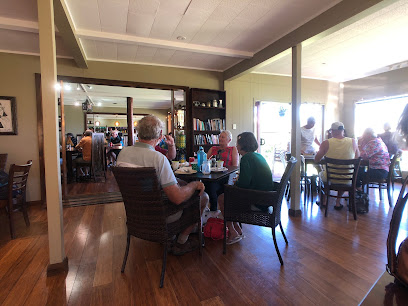
Hilli Restaurant & Cafe
Discover the flavors of Norfolk Island at Hilli Restaurant & Cafe, where local ingredients and global cuisine come together in a picturesque setting.
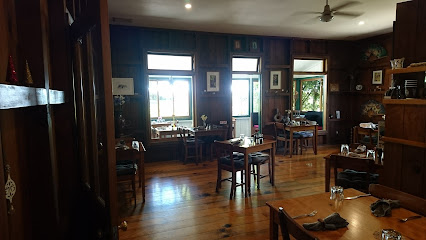
The Bowlo Bistro
Explore The Bowlo Bistro on Norfolk Island for a delightful culinary experience featuring fresh local ingredients and a vibrant atmosphere.
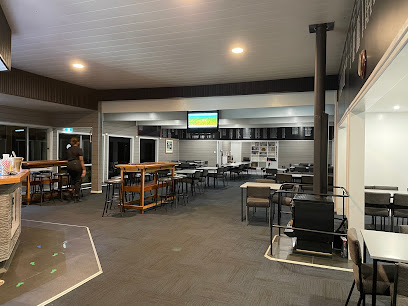
Bounty Bar & Grill
Discover the delicious Western cuisine of Bounty Bar & Grill, a top dining spot on Norfolk Island with stunning views and a welcoming atmosphere.
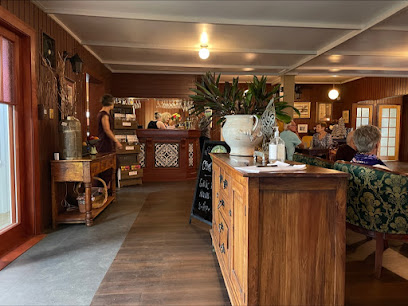
Norfolk Island RSL Memorial Club
Experience the heart of Norfolk Island at the RSL Memorial Club, a vibrant venue for dining, entertainment, and local culture.
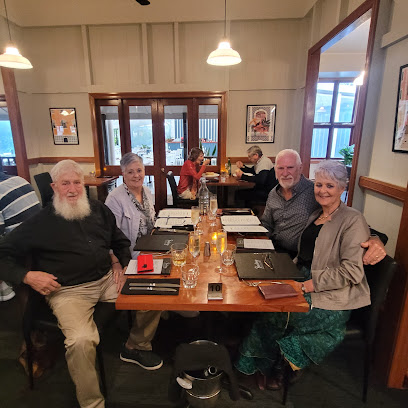
Castaway Norfolk Island & Norfolk Island Brewing
Discover tranquility and local brews at Castaway Norfolk Island, your ultimate resort and brewery experience on Norfolk Island.

The Golden Orb Cafe
Experience the delightful flavors of Norfolk Island at The Golden Orb Cafe, where local ingredients meet a cozy atmosphere for an unforgettable meal.
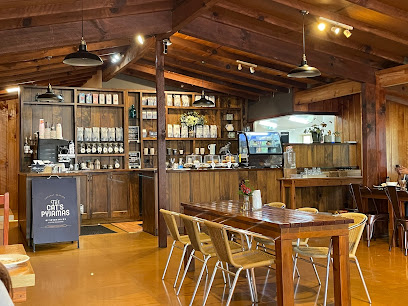
The Homestead Restaurant
Explore the flavors of the West at The Homestead Restaurant, Norfolk Island's premier dining destination with unique cocktails and local ingredients.
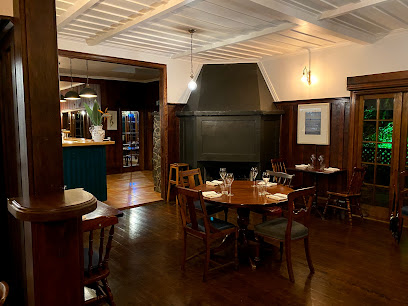
High Tide Kitchen
Experience the vibrant flavors of Norfolk Island at High Tide Kitchen - a cafe where local charm meets culinary delight.
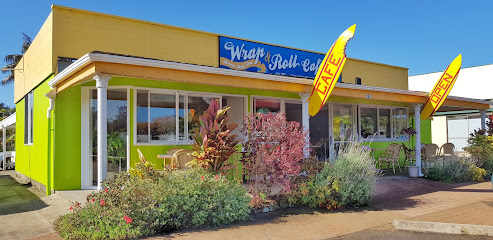
Norfolk Island Leagues Club
Discover the vibrant community spirit at Norfolk Island Leagues Club, where sports, food, and friendship come together in a welcoming atmosphere.
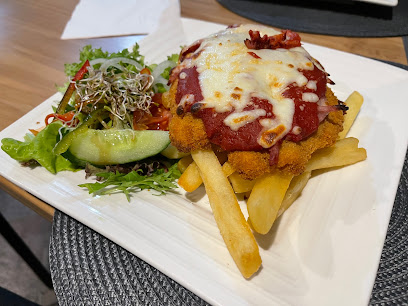
Norfolk Island Brewing
Experience the essence of Norfolk Island through handcrafted beers and a welcoming atmosphere at Norfolk Island Brewing.
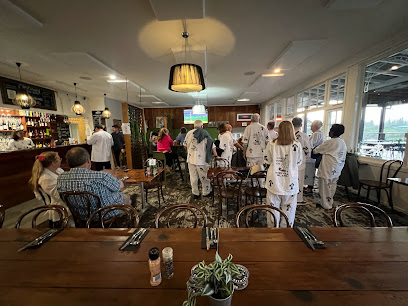
Salty Beer Garden
Experience the perfect blend of family-friendly dining and vibrant community spirit at Salty Beer Garden in Norfolk Island.
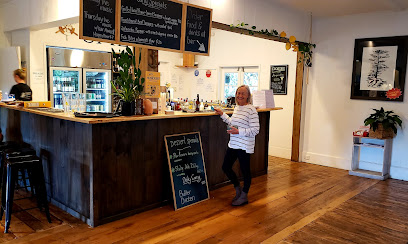
Black Anchor Bar
Experience the vibrant nightlife at the Black Anchor Bar, where locals and tourists unite over drinks in the heart of Norfolk Island.
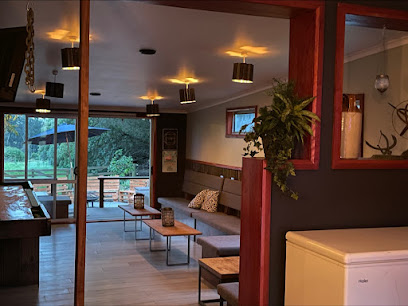
Wildcraft Norfolk Island
Discover the flavors of Norfolk Island at Wildcraft Cafe, where local ingredients and a cozy atmosphere create a unique dining experience.
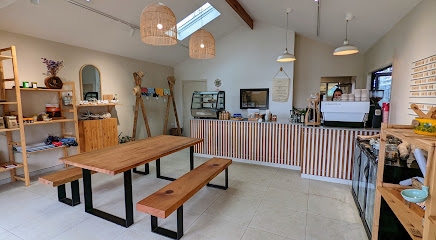
Bailey's
Experience exquisite island cuisine at Bailey's Restaurant in Burnt Pine, Norfolk Island—where fresh ingredients meet warm hospitality.
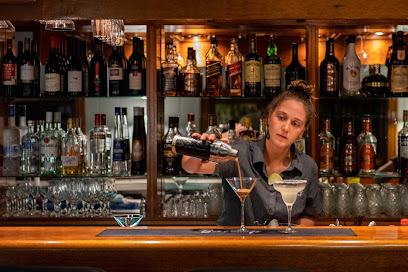
Local Phrases about St. Barnabas Chapel
-
- HelloBong dia
[bong dee-ya] - GoodbyeGudbai
[good-bye] - YesYa
[ya] - NoNau
[now] - Please/You're welcomePlis
[plees] - Thank youTank yu
[tank yoo] - Excuse me/SorrySori
[sore-ee] - How are you?Ha yu di?
[ha yoo dee] - Fine. And you?Fain. An yu?
[fayn. an yoo] - Do you speak English?Yu spik Inglis?
[yoo speek ing-glis] - I don't understandMi no save
[mee no sah-vay]
- HelloBong dia
-
- I'd like to see the menu, pleaseMi laik fa si di meny, plis
[mee like fah see dee men-ee, plees] - I don't eat meatMi no it mit
[mee no eet meet] - Cheers!Chias!
[chee-as] - I would like to pay, pleaseMi laik fa pei, plis
[mee like fah pay, plees]
- I'd like to see the menu, pleaseMi laik fa si di meny, plis
-
- Help!Elp!
[elp] - Go away!Go awe!
[go aw-ee] - Call the Police!Kal da Polis!
[kal dah poh-lees] - Call a doctor!Kal a dokta!
[kal ah dok-tah] - I'm lostMi los
[mee loss] - I'm illMi il
[mee ill]
- Help!Elp!
-
- I'd like to buy...Mi laik fa bai...
[mee like fah bye] - I'm just lookingMi jas luki
[mee jahs loo-kee] - How much is it?Ha moch iet?
[hah moch eet] - That's too expensiveDa iet tu ekspensiv
[dah eet too ek-spensiv] - Can you lower the price?Yu ken lawa da prais?
[yoo ken low-ah dah price]
- I'd like to buy...Mi laik fa bai...
-
- What time is it?Ha taem iet?
[hah tah-em eet] - It's one o'clockIet wan o'klak
[eet wahn oh-klok] - Half past (10)Haf past (10)
[hahf past (10)] - MorningMonin
[mohn-in] - AfternoonAftanun
[af-tah-noon] - EveningIvinin
[ee-vee-neen] - YesterdayYesta
[yest-ah] - TodayTude
[tood] - TomorrowTomoro
[toh-moh-roh] - 1Wan
[wahn] - 2Tu
[too] - 3Tri
[tree] - 4For
[for] - 5Faiv
[fayv] - 6Siks
[siks] - 7Seven
[sev-en] - 8Eit
[ate] - 9Nain
[nayn] - 10Ten
[ten]
- What time is it?Ha taem iet?
-
- Where's a/the...?Wea da...?
[way-ah dah] - What's the address?Wat iet da adres?
[wah-eet dah ad-dress] - Can you show me (on the map)?Yu shuo mi (an di maep)?
[yoo shoh mee (ahn dee map)] - When's the next (bus)?Wen iet da neks (bas)?
[wen eet dah neks (bus)] - A ticket (to ....)A tiket (tu ....)
[ah tee-ket (too)]
- Where's a/the...?Wea da...?
History of St. Barnabas Chapel
-
St. Barnabas Chapel, completed in 1880, was built as the principal church for the Melanesian Mission. The chapel stands as a testament to the mission's dedication to spreading Christianity throughout the Melanesian islands. Its design, attributed to the renowned architect John Horbury Hunt, blends Gothic Revival style with local materials, creating a unique and serene place of worship.
-
John Horbury Hunt's design of St. Barnabas Chapel features intricate woodwork and stained glass windows, which were imported from England. The timber used in the construction was sourced locally, and the chapel showcases Hunt’s skillful use of native Norfolk Island pine. Notably, the chapel’s hammerbeam roof and detailed carvings highlight the craftsmanship of the era.
-
The chapel served as the spiritual heart of the Melanesian Mission, which was established to educate and convert the indigenous peoples of the Melanesian islands. St. Barnabas Chapel was not just a place of worship but also a center for community gatherings and missionary work. The mission's influence extended far beyond Norfolk Island, reaching islands across the South Pacific.
-
Bishop John Coleridge Patteson, a prominent figure in the Melanesian Mission, played a significant role in the history of St. Barnabas Chapel. He is remembered for his dedication to the mission and his tragic martyrdom in 1871. The chapel houses a memorial to Patteson, honoring his contributions and sacrifice in the mission’s cause.
-
St. Barnabas Chapel is more than a historical monument; it is a symbol of the cultural exchange between European missionaries and Melanesian islanders. The chapel stands as a reminder of the early interactions and the complex history of colonization, conversion, and cultural integration that shaped the region. Today, it continues to be a site of cultural heritage and reflection.
-
Over the years, efforts have been made to preserve and restore St. Barnabas Chapel to maintain its historical integrity. Restoration projects have focused on repairing the structure, preserving the intricate woodwork, and maintaining the stained glass windows. These efforts ensure that the chapel remains a cherished landmark for future generations.
St. Barnabas Chapel Essentials
-
St. Barnabas Chapel is located on Norfolk Island, a small island in the Pacific Ocean between Australia, New Zealand, and New Caledonia. The primary way to get to Norfolk Island is by air. Flights are available from Sydney and Brisbane, operated by Air New Zealand. The flight duration is approximately 2 hours. Once you land at Norfolk Island Airport, the chapel is about a 10-minute drive away.
-
Norfolk Island is small, making it easy to get around. Rental cars are the most popular mode of transport for visitors and are readily available at the airport and in town. Bicycles and scooters can also be rented for shorter trips. Walking is another great option to explore the island, especially for visiting nearby attractions. Taxis are available but are not as common as rental cars.
-
The official currency on Norfolk Island is the Australian Dollar (AUD). Credit cards are widely accepted in most hotels, restaurants, and shops. However, it is advisable to carry some cash for smaller establishments and market purchases. ATMs are available on the island, primarily in Burnt Pine, the main town.
-
Norfolk Island is generally considered a safe destination for tourists. Crime rates are low, but it is always advisable to take standard precautions such as not leaving valuables unattended and being aware of your surroundings. There are no specific areas with high crime rates targeting tourists, but always exercise caution, especially when exploring isolated areas.
-
In case of emergency, dial 000 for police, fire, or medical assistance. The Norfolk Island Health and Residential Aged Care Service (NIHRACS) provides medical services and is located in the main town of Burnt Pine. It is recommended to have travel insurance that covers medical emergencies. For minor health issues, pharmacies are available in Burnt Pine.
-
Fashion: Do dress modestly when visiting religious sites like St. Barnabas Chapel. Avoid beachwear and revealing clothing. Religion: Do respect the chapel's sanctity. Speak softly and avoid using flash photography inside. Public Transport: Do be courteous and respectful to drivers and other passengers. Public transport options are limited, so plan accordingly. Greetings: Do greet locals with a friendly smile or a simple 'hello.' Norfolk Islanders are known for their warm hospitality. Eating & Drinking: Do try local delicacies and enjoy the island's fresh produce. Don't waste food, as resources are limited on the island.
-
To experience St. Barnabas Chapel like a local, attend one of the Sunday services. The chapel's rich history and beautiful architecture are best appreciated in the context of a live service. Engage with locals who are often willing to share fascinating stories about the island's history and culture. Don't miss exploring the chapel's beautiful stained glass windows, designed by renowned artist William Morris. For a unique experience, visit the chapel grounds during sunrise or sunset for breathtaking views.
Trending Landmarks in St. Barnabas Chapel
-
Norfolk Island
-
Captain Cook Lookout
-
Cumberland Resort and Spa
-
The Golden Orb Cafe
-
Norfolk Island National Park
-
Castaway Norfolk Island & Norfolk Island Brewing
-
Norfolk Island International Airport
-
St Barnabas Chapel
-
Bounty Museum
-
Visitor Information Centre
-
Queen Elizabeth Lookout
-
Norfolk Island Leagues Club
-
No 10 Quality Row House Museum
-
Pinetree Tours
-
Fletcher’s Mutiny Cyclorama
Nearby Cities to St. Barnabas Chapel
-
Things To Do in Kingston
-
Things To Do in Cascade
-
Things To Do in Ball Bay
-
Things To Do in Phillip Island
-
Things To Do in Nouméa
-
Things To Do in Tadine
-
Things To Do in La Foa
-
Things To Do in Bourail
-
Things To Do in Paihia
-
Things To Do in Whangarei
-
Things To Do in Hienghène
-
Things To Do in Isangel
-
Things To Do in Lenakel
-
Things To Do in Auckland
-
Things To Do in Hamilton



